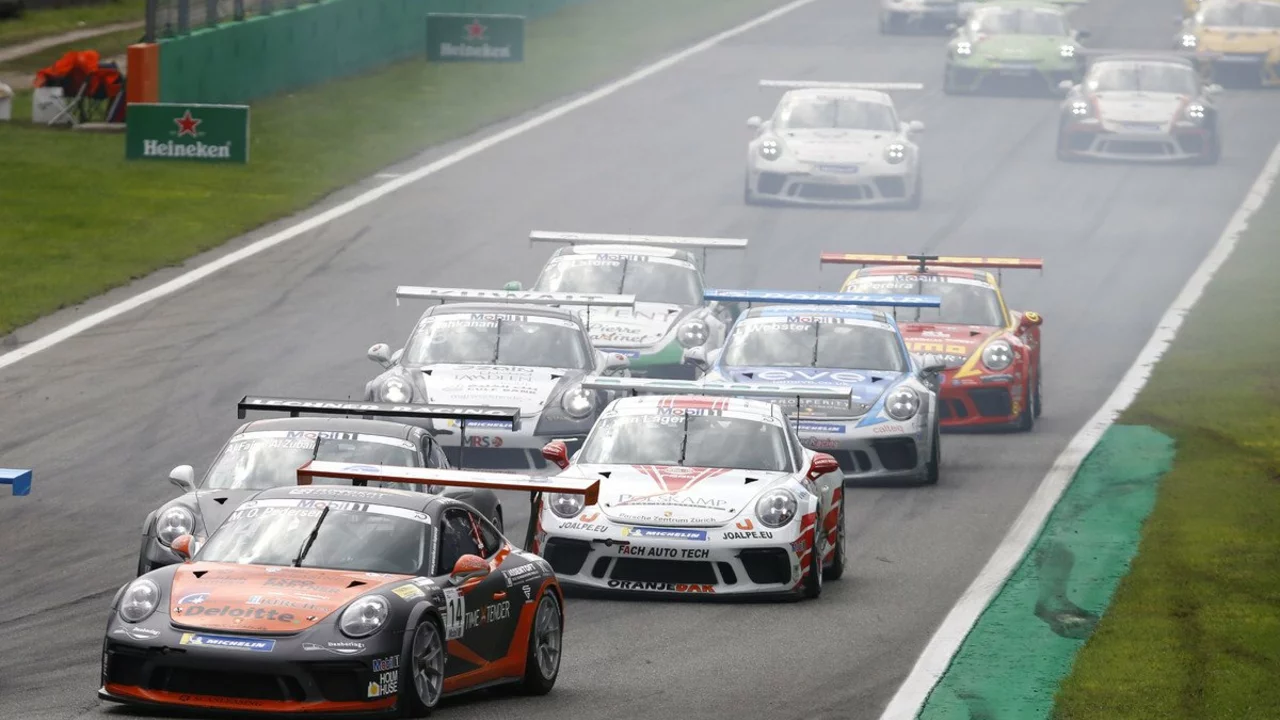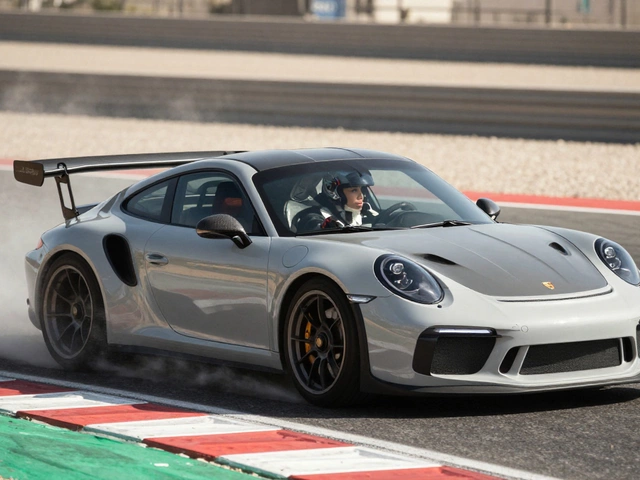Motorsport Difficulty – What Makes Racing Tough
Ever wondered why some fans think rally is the toughest motorsport? It’s not just the dusty roads or the high‑speed jumps. The difficulty comes from a mix of driver skill, car set‑up, and even the rules that shape the sport. In this guide we break down the main hurdles you’ll face whether you’re behind the wheel of a rally car or any other racing machine.
Key Challenges Behind the Wheel
First up, control. A rally driver relies on two sticks – the gear lever and the handbrake. Shifting fast enough to match the terrain takes muscle memory, and the handbrake is your secret weapon for tight hairpins or sudden slides. Miss the timing and you’ll lose precious seconds, or worse, spin out.
Next, the terrain itself. Unlike circuit racing where the track is smooth and predictable, rally routes jump from gravel to mud to snow in a single stage. Each surface demands a different throttle feel, braking point, and line choice. That’s why many beginners spend weeks on low‑speed practice stages before they even think about a full‑speed run.
Navigation adds another layer of difficulty. The driver can’t rely on memorising the course alone; a co‑driver reads pace notes to tell you what’s coming around the next corner. When you’re new, interpreting those notes while fighting the car’s limits feels like trying to solve a puzzle at 80 mph.
Beyond the Car – External Factors
Safety regulations also shape difficulty. The infamous Group B era in the 1980s showed what happens when power outpaces safety: cars became so fast that accidents were fatal, leading the FIA to ban the class. Modern rally cars are powerful but must meet strict crash and fire‑safety standards, meaning drivers have to balance raw speed with compliance.
Cost is another hidden challenge. A rally‑ready car needs upgrades – stronger suspension, reinforced chassis, a rally‑spec gearbox – and each part adds up. Many hobbyists start with a stock Subaru WRX, which is a solid base but still needs a turbo‑charged engine tune, rally tires, and a roll cage before it can compete.
Finally, the mental grind. Long stages test concentration; one lapse can cost a podium finish. Professional drivers train their minds with visualization drills, just like athletes in other sports. If you’re thinking of getting into motorsport, start with short sprints, practice handbrake use, and work on your mental focus.
Bottom line: motorsport difficulty isn’t a single thing. It’s the sum of vehicle control, terrain variation, navigation, safety rules, budget, and mental stamina. Understanding each piece helps you break down the barrier and enjoy the sport on your own terms. Ready to give it a try? Grab a gear stick, practice the handbrake, and hit the local club stage – the learning curve is steep, but the payoff is pure adrenaline.

What's harder, rallying or formula one?
In a recent blog post, we dove into the challenging worlds of rallying and formula one racing. After comparing their intense physical demands, mental endurance, and technical skills required, it seems both sports are incredibly tough in their own ways. However, many argue that rallying might be slightly harder due to its unpredictable terrains and weather conditions. On the other hand, the high-speed precision and split-second decisions required in Formula One can't be underestimated. Ultimately, the verdict is subjective and depends on personal preference and strengths.
read more
